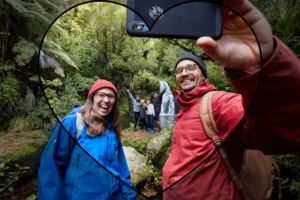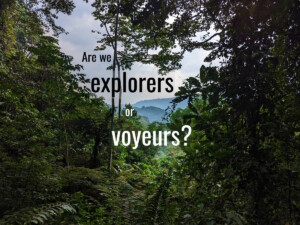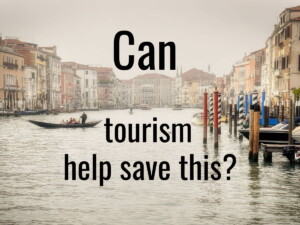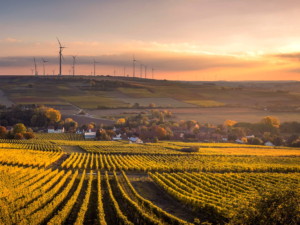Indigenous tourism’s interest-action disparity reflects sustainable tourism’s ‘say-do gap’
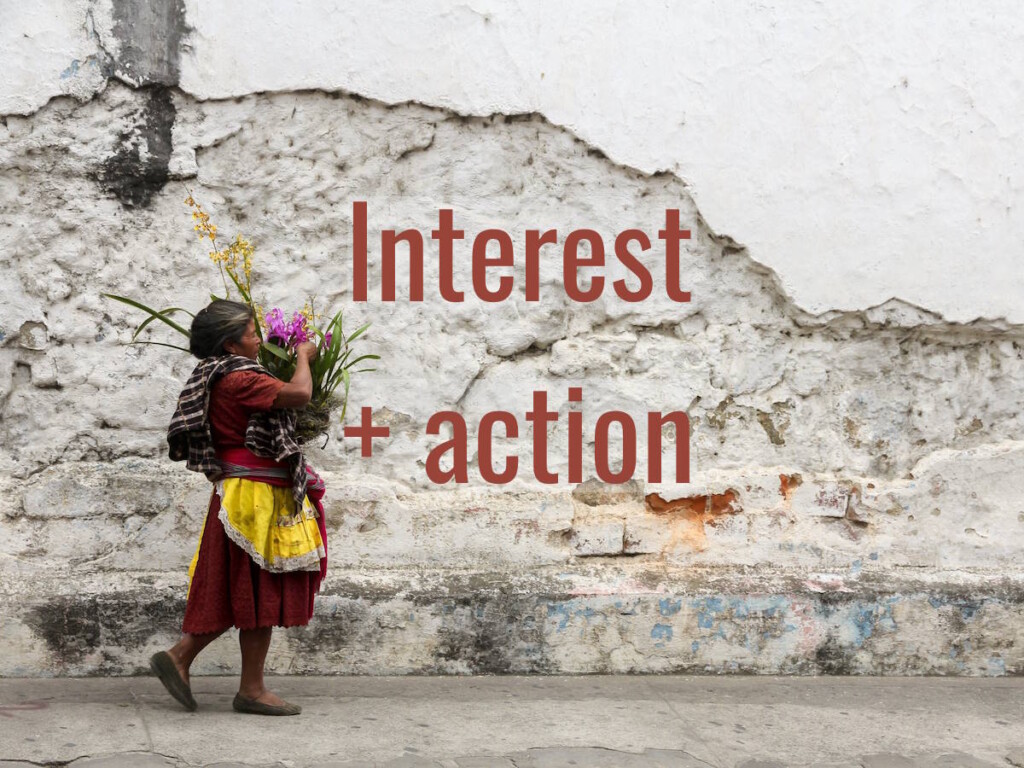
Indigenous community-led tourism has enormous potential as travellers’ expectations evolve, according to Alastair Naughton. Perhaps the biggest challenge now is turning interest in indigenous tourism experiences into investment and bookings.
It’s a “Good Tourism” Insight. (You too can write a “GT” Insight.)
The traditional tourism model is no longer sustainable. Indeed, it never was.
The last three years have brought that reality into stark relief.
Ideally tourism should be rebuilt from the bottom up.
When tourists visit remote destinations that are home to indigenous populations, it is especially important that these groups are central to the process at every step.
Where this is happening, indigenous tourism is highly successful.
Offbeat Tracks, based in India, for example, is a travel company that offers only responsible travel options that fully involve local people (as far as I can tell).
The social enterprise Red Rocks Rwanda and its affiliated NGO Red Rocks Initiative for Sustainable Development promote the same in Rwanda.
Great examples aside, more could and must be done to give this model traction.
A war on two fronts: Survival and sustainability
The COVID pandemic decimated the tourism industry worldwide.
OECD statistics speak for themselves:
- An estimated 174 million jobs lost in 2020, and
- 80% drop in tourism in 2020 compared to 2019 (which is eight times the drop in tourism compared to 2009 during the financial crash).
By comparison, the level of unemployment or underemployment for the entire European Union was 27.5 million in May 2022.
As the service providers who survived started to bounce back, it was widely recognised that the status quo ante was no longer sustainable; that it was time to find a completely different, more holistic model.
The industry was (and remains) left with two seemingly conflicting goals — to get back to break-even (and then profitability) quickly, and to be more sustainable — that are, on closer examination, mutually complementary.
Firstly, tourists, understandably nervous about travelling again, were much more reluctant to part with their hard-earned cash.
The pandemic had caused a huge amount of stress worldwide and job losses were widespread, not just confined to the tourism sector.
Read “GT” content tagged with ‘Risk and crisis management’
For example, in Rwanda, the government shut the borders in March 2020, and ordered the closure of all but the most essential businesses.
Given that tourism was the country’s largest foreign exchange earner, accounting for 14.9% of GDP, generated 90,000 jobs, and represented 13% of total employment, this was a massive hit for the economy.
As restrictions slowly began to lift, and people began to make plans to travel again, they wanted a lot more ‘bang for their buck’.
On the other hand, service providers, who bore the brunt of the worldwide downturn, were expected to change to sustainable business models across all of sustainability’s dimensions, even as they dealt with the grim financial one.
However, as we can see from the trend towards luxury agritourism, unique experiences and lasting memories are now more important than ever (relative to bling) to those who can afford them.
Destinations with indigenous populations are well placed.
Red Rocks’ brand of community- and nature-based agritourism, for example, is as unique and rare and memorable an experience as the high-priced gorilla trekking nearby; a reason to stay a little longer in Rwanda to meet the locals.
This is where the model of economic interdependence comes into play; “the mutual dependence of the participants in an economic system who trade in order to obtain the products they cannot produce efficiently for themselves”.
What do indigenous tourism destinations need?
For tourism to truly thrive, it has to be of benefit to all concerned.
Where this is the case, visitors feel welcome and have genuine, memorable, and possibly even life-changing experiences.
Instead of simply asking the question ‘what do customers want?’ there should be a greater emphasis on ‘what destinations need’.
In this way, tourism can support indigenous populations, creating a win-win.
Again, looking at the Rwandan example, the government has introduced measures to promote domestic tourism, established heavy promotions to attract international tourists, and set up credit incentives for the private sector.
This encourages local service providers to cater to their respective niche markets, be they nature enthusiasts, eco-conscious travellers, cultural explorers, or individuals seeking meaningful connections with local communities.
Also read Gavin Anderson’s “GT” Insight ‘Where is the line between cultural explorer and voyeur? The ‘Batwa Experience’’
Research by Wani, M.S., Bhat, M.S., Alam, A. et al. shows that indigenous populations view tourism opportunities in terms of a ‘Social Exchange Transaction’, wherein any proposed developments will be looked upon favourably to the extent that overall perceived benefits outweigh the negative effects.
Of particular importance are when indigenous people feel involved in the process, their traditions are respected, and their economy and lifestyles benefit from visitors.
Ben Sherman, Chairman of the World Indigenous Tourism Alliance (WINTA), wants to see greater investment in indigenous tourism, which he says is largely underdeveloped.
In an interview with Cultural Survival, he points to the exceptions that prove his point, namely the Ktunaxa First Nation Canadians, Aboriginal Australians, and Māori New Zealanders, who have invested.
Where indigenous tourism is well developed, as in these places, it is highly successful.
Indigenous tourism’s interest-action disparity
However, despite increased interest in indigenous community-based experiences among tourists and tour operators alike, there remains relatively little action.
This is a problem for sustainable tourism more generally when it comes to bookings: The ‘sustainability say-do gap’ as described by Good Tourism Institute. [No affiliation with The “Good Tourism” Blog _ Ed.]
Ways to overcome this, they say, include:
- Making it easier for prospective clients to understand the benefits of choosing more sustainable options, which ultimately comes down to better marketing and communications, and
- More competitive pricing.
Word is getting out, however. Tour operators do seem to be getting the message.
There is an increase in the number of companies that will offer only packages that use independent and locally-owned (as well as environmentally-friendly) accommodation, tours, and transport options that offer truly authentic experiences.

For their part, Greg Bakunzi sums up the Red Rocks approach as follows: “[It] stems from the conviction that by harmonising human and natural resources, we lay the cornerstone for a developmental journey rooted in sustainability.
“We forge a connection that bridges the realms of responsible tourism and enduring conservation, nurturing a relationship between our visitors and our destination.
“This synergy fuels our mission to cultivate a profound alliance between conservation and tourism, fostering community development.”
This, and much more besides, must continue in order to keep up the momentum towards a better model for all destinations with indigenous populations.
What do you think? Share your own thoughts in a comment below. Or write a deeper “GT” Insight. The “Good Tourism” Blog welcomes diversity of opinion and perspective about travel & tourism, because travel & tourism is everyone’s business.
“GT” is where free thought travels.
Featured pic (top of post): A woman carries a basket of flowers next to a crumbling wall in Antigua, Guatemala. Image by Scott Umstattd (CC0) via Unsplash.
About the author
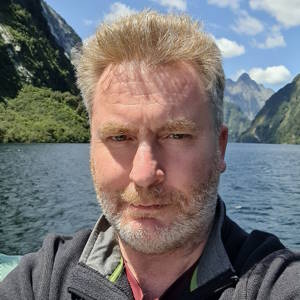
Alastair Naughton is a translator (German to English) and copywriter at Naughton Translations, Scotland.


